Published 9 March 2015 ● Last Updated on 6 April 2021
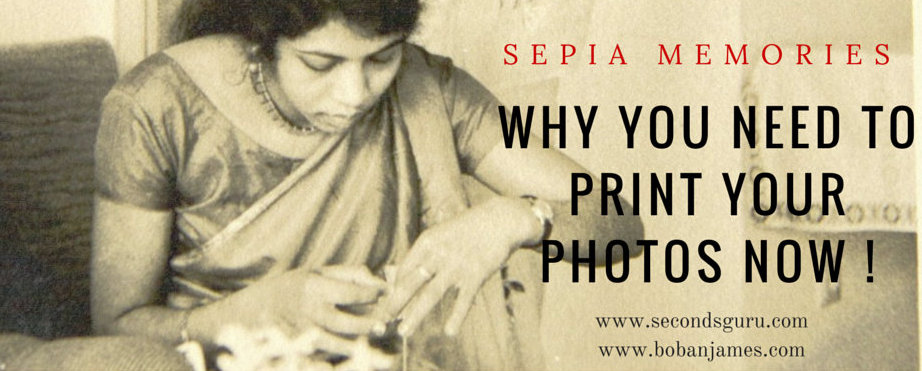
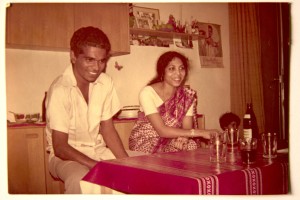
I went home recently, and spent half a day trawling through the hundreds of prints accumulated over the years. Every family has its resident photographer, the one ‘documenting’ with every click and whirr of the shutter, the passing of a family’s years. In our case, it’s most definitely my mother with her Agfa Optima. Friends, relatives, my sister and I, the neighbours, our family pets, no one was spared the attention of the Agfa. The mantle passed on to me later of course, but I don’t think I’m anywhere as obsessive as she used to be. It’s still a joy to give my mom a digital camera and have her blast through a few dozen exposures before she pauses for breath.
Every time I hold these prints in my hand, I’m transported to a different age. Along with our own hard-won wrinkles and laugh lines, the prints have accumulated their own crinkles and creases, with the faded colours barely hiding the garish fashions and happy emotions from a generation ago.
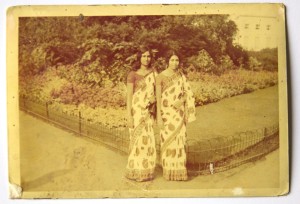
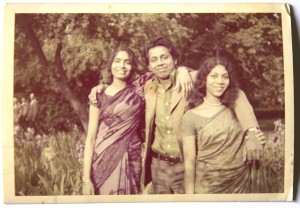
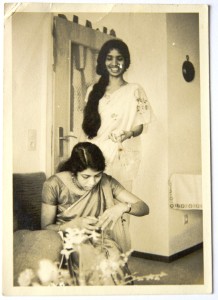
The curse of technology is that while we have digital cameras, which in the course of a lifetime will yield hundreds of thousands of photos, we rarely take the time to segregate the best ones and preserve them. The digital file format is very fickle and impermanent- who on earth remembers what event DSC_2322.jpg represents- and its existence depends on our own cataloguing abilities and the care with which we handle our memory devices. And despite the best care, all memory devices eventually fail.
Despite the conveniences of digital technologies, I know very few people who actually print their photos. It’s great to have retina displays and monitors with incredibly high definition, but nothing beats the tactile experience of holding a well-printed photo in your hand. Sadly, most people leave digital images on a hard disk with a mental note to catalogue and print “soon”. Meanwhile, the pile of photos grows larger and larger, and everything gets dumped into one hard disk, and of course old man Murphy comes along then.
So I wanted to put out some tips for you, the one documenting your family’s history:
1. Having a repeatable workflow
Workflow is the process which you follow from shooting, to editing, archiving and printing. The more you make this a habit after your shoot is done, the more ingrained it becomes.
2. The editing process
The tough part is usually editing the files and cataloguing them. Editing is the process of selecting the best files and then making changes to these files such as colour corrections. It’s difficult to be your own editor, but I’d recommend being merciless as an editor, if you really want to become a better photographer.
3. Archival of files.
Go buy the largest portable external hard disk you can afford. Have a meaningful naming convention for your files, and after every shoot, come home copy the files over to your folder. I usually have two sets of folders for every shoot, one which has the original files and the other which contains the selected, edited files. Never leave the files on only one hard disk though. I sleep better at night knowing that my files are copied across three hard disks.
Cloud storage is another option with the likes of Dropbox and Amazon.
4. Printing
A lot of us don’t ever get to this step. I would really recommend buying a home printer. These days home photo printers can be had very cheaply, and while ink costs are high and you’re probably spending more per page than you would at the print shop, the fact is that you’ll get a lot more prints done.
5. Storage of prints
I’ll just say that any material which keeps your photos away from direct sunlight and humidity is a good method. I personally prefer using plastic storage boxes with tracing paper in between prints to ensure the prints don’t stick to each other over time.
When it comes to albums, I actually prefer the ones which have a plastic sleeve into which the photograph can be inserted.
Don’t forget though, your precious photos should age over time- it’s that patina which gives the photo character and evokes a sense of nostalgia!
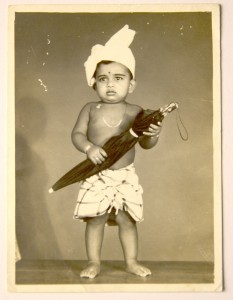
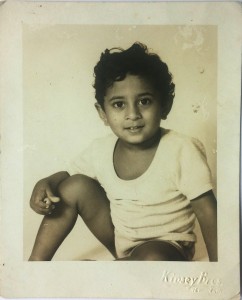
– Boban James, a photographer, has been published in magazines such as Vogue India, Conde Nast Traveller India, The Hindu, Times of India, and various others. He specializes in lifestyle and portraits, and we at Secondsguru are in awe of his ability to capture moods and create nostalgic desire frame after frame! Bob recently relocated to Singapore from India, and continues to explore and document life in South-East Asia. To contact him, you can visit his studio site – Visual Indigo.



0 Comments